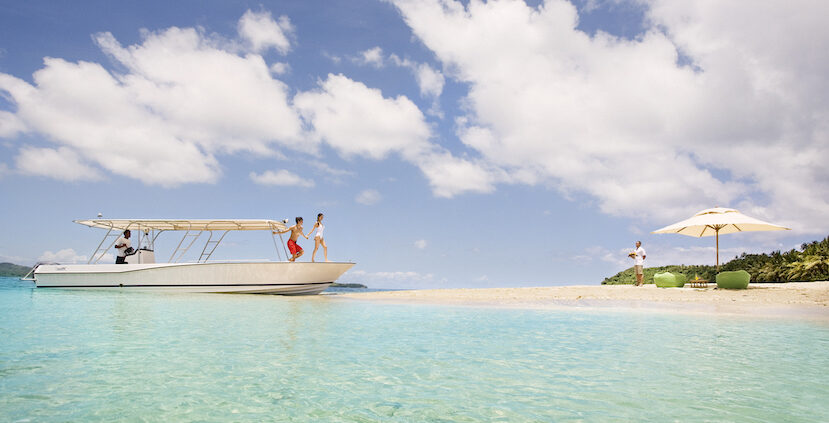
Paris to Berlin isn’t fashionable anymore. Instead, Manila to Bicol is trending for luxury travellers. On the Philippines’ largest island, Luzon, steamed crab, coconut and taro leaves are the new bouillabaisse. Catwalks come in the form of white-sand runways overseen by white-coated waiters. Traditional bangka boats and catamarans sweep eagle-eyed visitors from island resorts to empty palm-fringed islands with bright-eyed coral reefs. Just like the notorious halo-halo dessert medley of the Philippines, the best Manila and Bicol destinations have a somewhat surprising arrangement of luxury victuals, but ones that you can’t help but slurp and savour: health resorts, volcanoes, heritage towns, dive sites, unoccupied islands, and ruins, to name but a few.
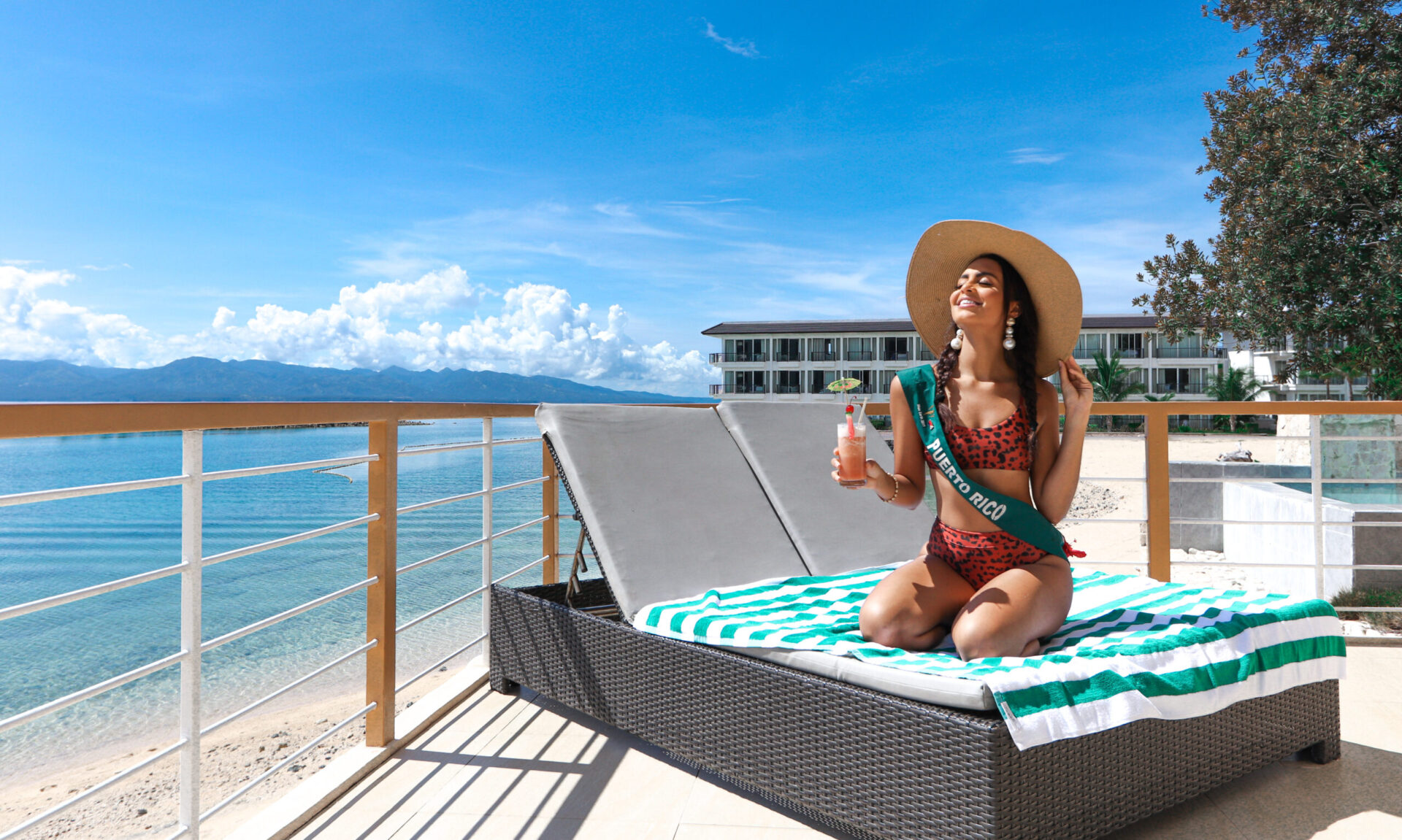
Credit: Misibis Bay Resort
Older than Tokyo, the city of Manila is the frontier for the Philippines’ luxury hotels. The first high-end hotels sprang up in the late 19th and early 20th centuries. Further south on the island, Anilao’s feathery-green strands and easy-to-access coral reefs later inspired the emergence of luxury dive resorts. Located at the foot of Luzon, Bicol is best-known for its combination of spicy delicacies and the ever-watchful active volcano Mount Mayon. Wildlife and scenery rule the roost, and outdoor activities such as island hopping, catamaran sailing, ATV-ing, and golfing are a natural side effect of a retreat in one of the region’s celebrity-frequented resorts or heritage hotels.
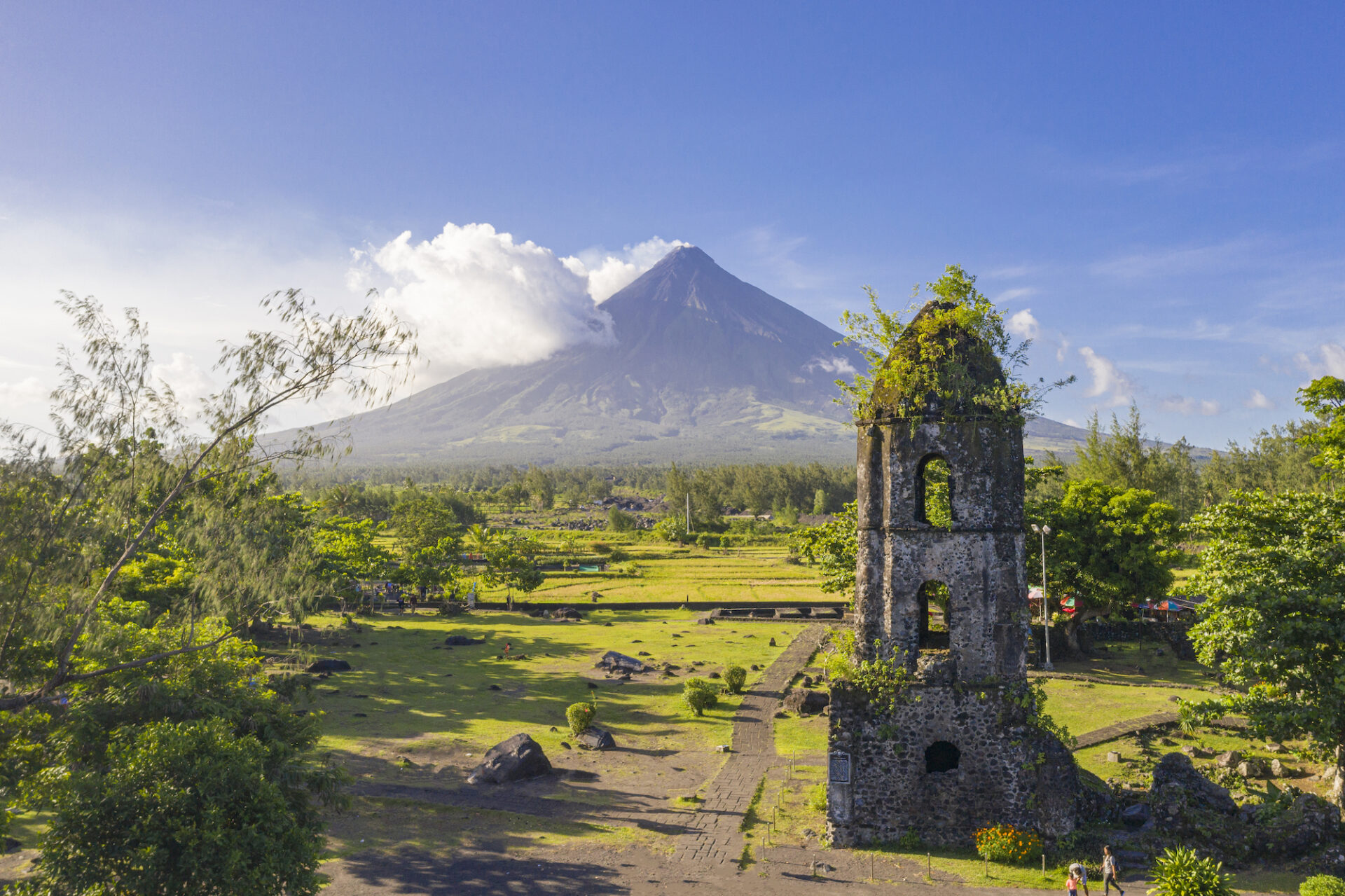
Credit: Tourism Promotions Board Philippines
Luxury sphere aside, the history of Luzon island is complex. Colonised by Spanish settlers in 1571, the city of Manila expanded outwards and Spanish churches were planted alongside the traditional marketplaces. After the arrival of Americans in 1898 and Japanese in 1942, it should be no surprise that the city’s modern-day luxury restaurants and hotels are renowned for their global influences.
Like many of the islands in the Philippines, Bicol has a unique ‘gayuma’ or ‘love potion’, as the rough translation of the Tagalog phrase goes. Chinese, Arab and Spanish influences are equally as evident in the cuisine as in the architecture. Residents at the boutique Bacacay hotel Casa Simeon rest behind layers of the wood used to construct Spanish galleons but tuck into local Bicolano delicacies like gulay na lada, lechon kawali, and tilmok.
In Manila, high-end hotels with flair are congregated in eclectic Makati and suave Manila Bay. Okura Hotel succeeds in delivering Japanese omotenashi. The Okura suites, which have features such as Hinoki tubs oozing a subtle cedar scent or a traditional Japanese pocket garden, are a far cry from the Filipino-Spanish suites of Admiral Hotel Manila on Roxas Boulevard, adorned with bright Filipino art pieces.
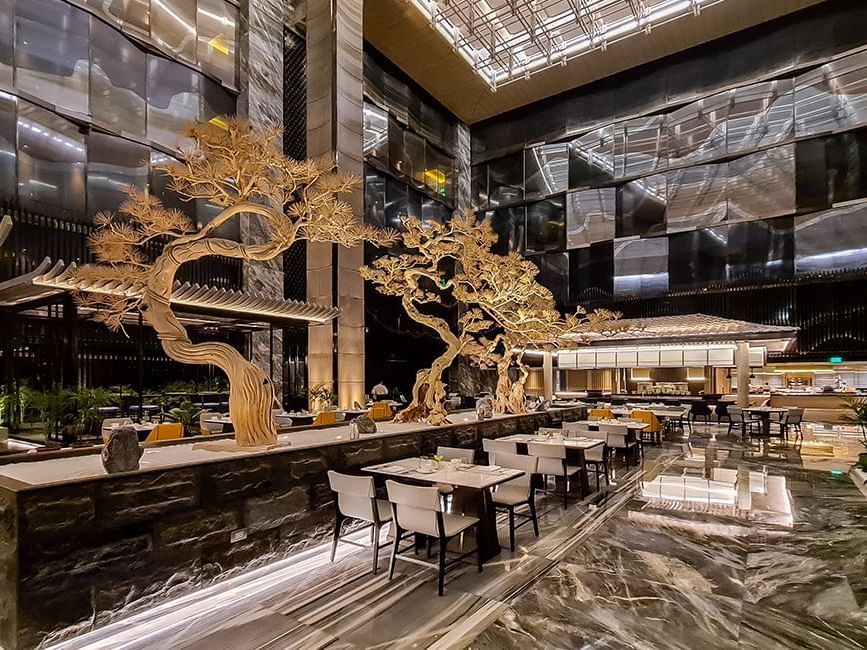
Credit: Hotel Okura, Manila
The city’s high-end restaurants don’t falter when it comes to originality either. Bonifacio Global City’s Gallery by Chele elevates foreign methods with the tried-and-tested flavours of Filipino farmers and fishermen. China Blue, the bebe of celebrity chef Jereme Leung, instead tinkers with traditional Chinese cuisine.

Credit: The Farm At San Benito
Manila and indulgence are as natural of a pairing as adobo and rice. In Lipa City, however, The Farm at San Benito is a hinterland wellness sanctuary governed by the five pillars ‘diagnose, cleanse, nourish, repair, and sustain’. One of the best Manila and Bicol destinations for health, Every aspect of the 51-hectare stay is science-based. The luxury jungle resort may have an on-site medical centre but it has a wholly holistic mindset. In essence, the retreat is an extended doctor’s visit with a difference: yoga; palm trees; tenderly-prepared vegetarian, pescetarian, and vegan cuisine; and villas whose private infinity pools pour over a canopy of palm trees.
While guests may find themselves firmly tuned into the resort’s symphony, which includes a family of pheasants and a state-of-the-art hydrotherapy facility, the town of Taal is a worthy reintroduction into reality. Only 38 kilometres away by road, the 19th-century houses have signature Spanish Capiz windows and ancient adobe bases, interrupted only by museums and the Basilica of St. Martin de Tours, Asia’s largest Catholic church. The market is the town’s core and visitors can get their hands on goods such as the shimmery Taal barong, panocha, and fried milkfish.
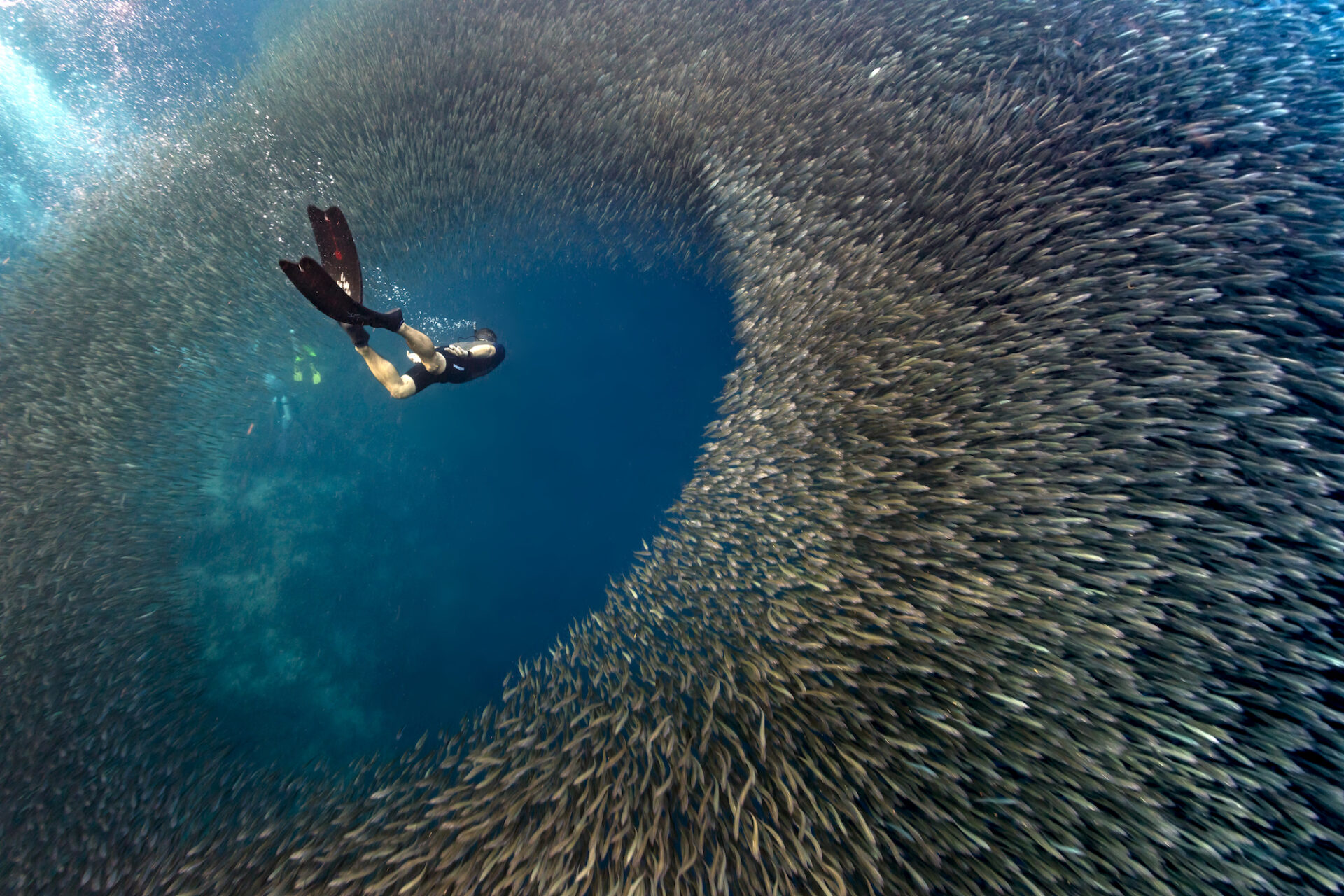
Credit: Tourism Promotions Board Philippines
Whale sharks visit the dainty fishing village of Donsol in Bicol between November and May. All year round, manta rays kiss a brief ‘magandang umaga’ (good morning) to the island of Ticao. The coral cities of Anilao and the Bicol region are fresh meat for divers. The daily agenda in Anilao might begin with a seafood breakfast at one of several luxury diving resorts, which share the steep coast with a thicket of pine and palm trees. One dive and schools of swordfish and nudibranchs later, the empty sands of Sombrero Island await for a private island lunch abundant with coconuts, chilies, red snapper, and garlicky lechon.
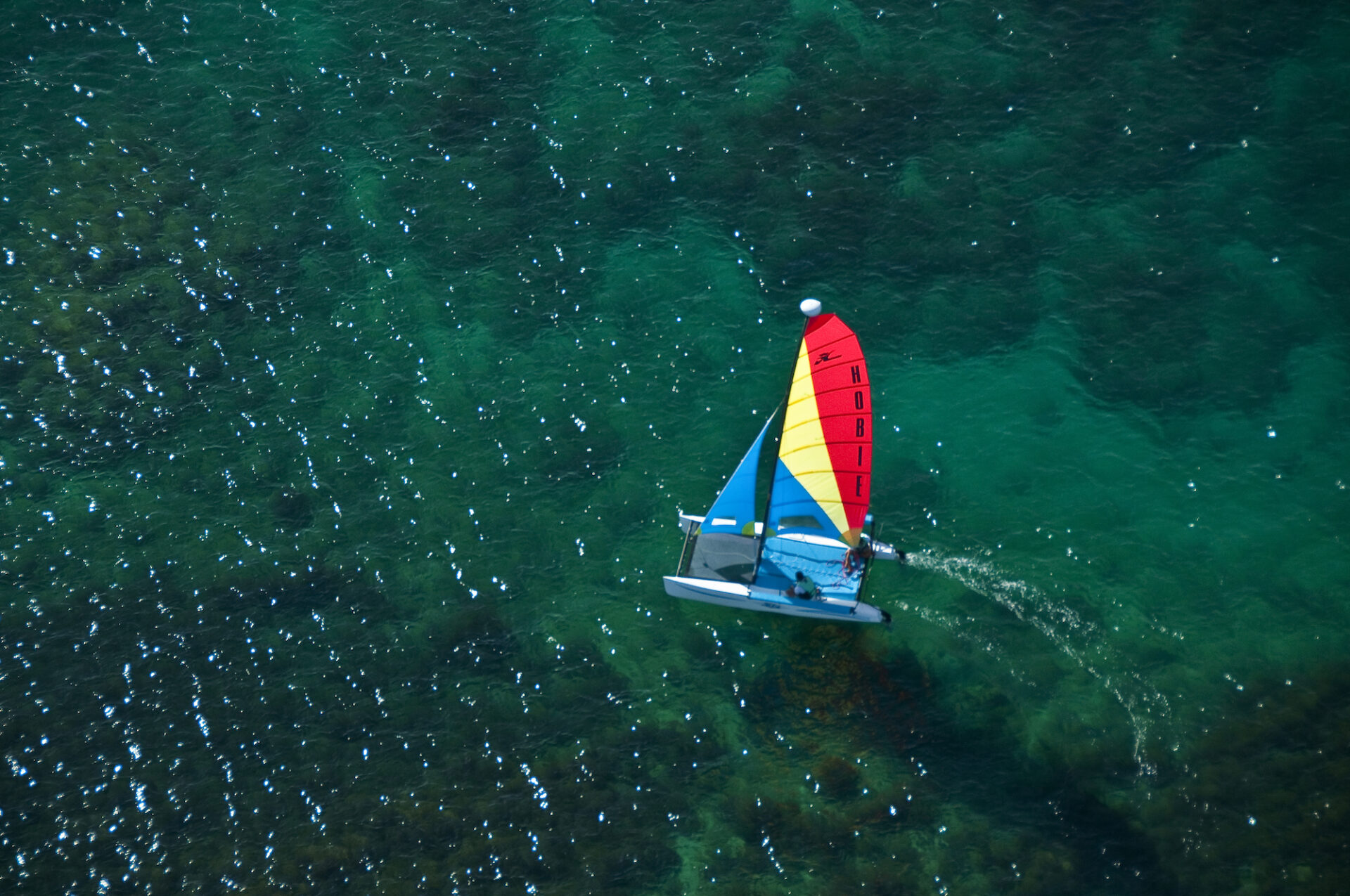
Credit: Misibis Bay Resort
In an archipelago of 7,000+ islands, Luzon is no stranger to a small but sultry islet. In Luzon, the straits are less saturated with bangka boats than Palawan and other Filipino islands. Swan-like catamarans skim the dappled blue shallows of Bacacay Island. A traditional bangka boat may occasionally pass by in the opposite direction, double outriggers outstretched like a young child attempting to reach over and scoop at the passing waves. Bicol region is Luzon’s principal playground for a catamaran-based convoy from one luxury hotel to another.
Departing from Casa Simeon, guests might feel as if they’re leaving the year 1927 behind, and not just dry land. “Cannons would just bounce off the indestructible Spanish galleons,” local memoirs recalled of the barayong wood used to build Don Simeon Alparce’s 1927 family home, restored in 2018 for the discerning guest. Arriving at Bacacay Island’s coral reefs, islands, and caves will no doubt help to diminish the dull ache that must follow leaving the familiar grooves of the first-floor museum-library or the dining room scented with rich tableya, a drink-able dark chocolate delicacy.
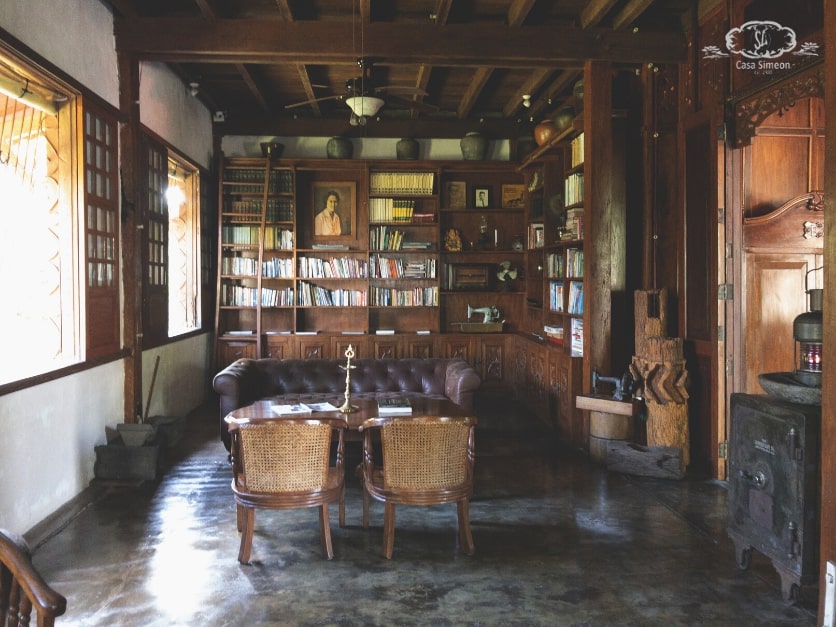
Credit: Casa Simeon
The half-day cruise should commence at the port of Misibis Bay Resort, 25 kilometres from Casa Simeon. Visited by Hollywood celebrities, the five-hectare resort’s seafront bar and watersports centre are reminiscent of a Bali beach club. Still, the unmistakable sour-versus-sweet flavour pairings of the Spice Market restaurant and the distant shadow of Mount Mayon volcano make it unmistakably Bicolano.

Credit: Misibis Bay Resort
Dressed in a slew of green shades and ridges reminiscent of a chameleon’s spine, Mount Mayon resides only six kilometres from the Doña Pepita Golf Course. Handed over to a Korean group in 2016 from the Doña Pepita Aquino family, she serves as umpire to the 18-hole golf course. Spread out over 75 hectares between the volcano and the Albay Gulf, the previous locals’ playground has extended its invitation to challenge a global crowd to a hole-in-one under the watchful eye of Mayon.
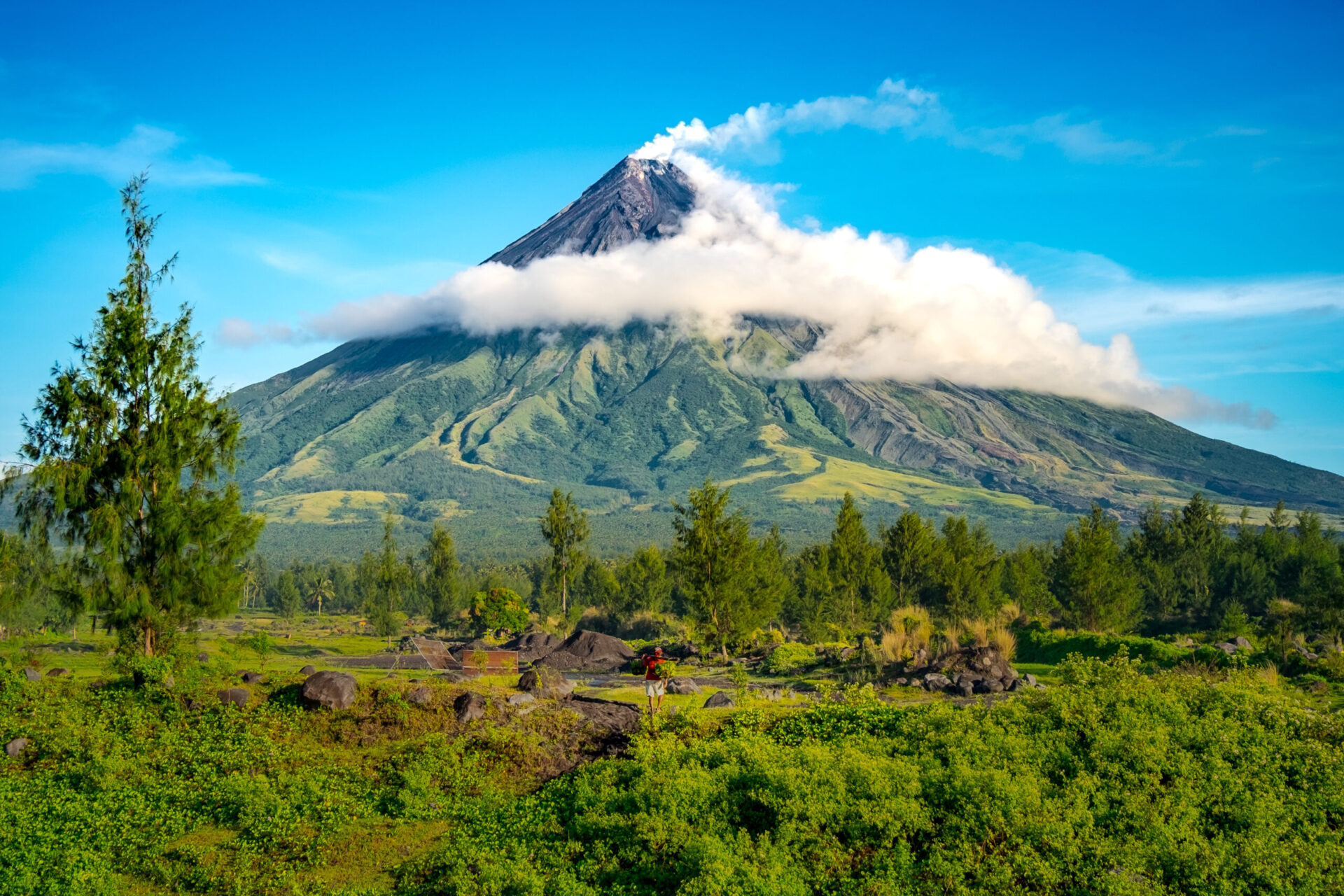
Credit: Tourism Promotions Board Philippines
The golf course is a welcome interval to the somewhat-morbid history of Mayon’s immediate plains. Located on the southern side of Mount Mayon, the Cagsawa Ruins include the remnants of a 16th-century Franciscan church burnt down by Dutch pirates in 1636 and one-time restored before its final demise in the 1814 Mount Mayon eruption.
Luzon will let you in on a secret: luxury doesn’t always have to equal extravagance. While some of that flair is still reserved by Manila’s high-end quarters and restaurants, its more remote territories prove that luxury can simultaneously be big and subtle. Manila and Bicol destinations pair white sands and catamarans with no other co-pilots with spicy Bicolano delicacies in a time-honoured property, or an underwater encounter chased with red snapper on a private island.